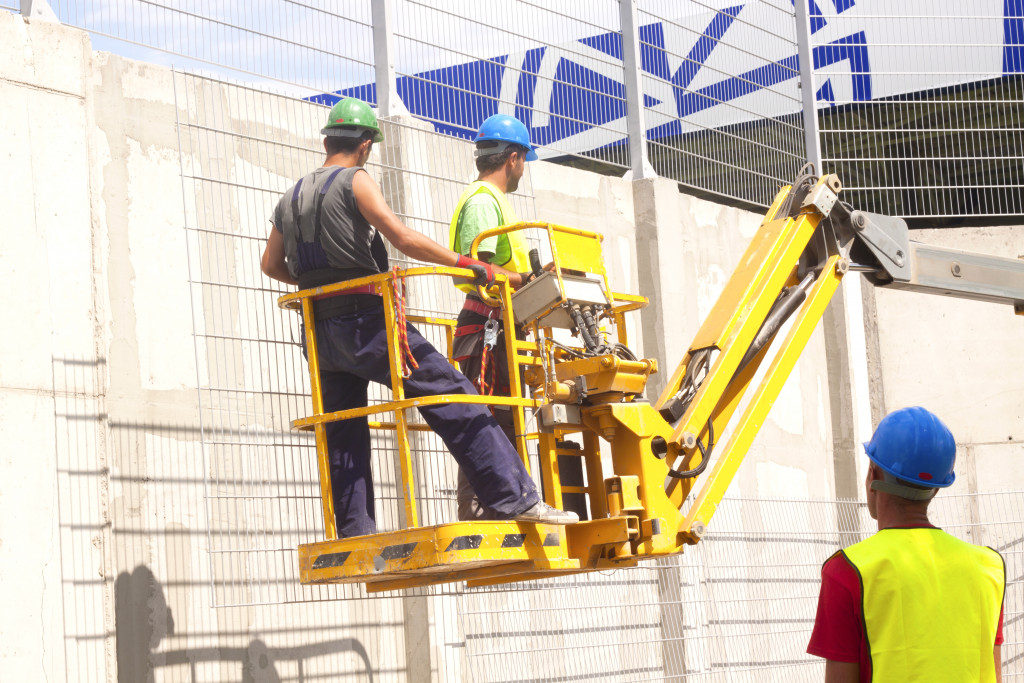One of the most significant problems in the construction industry is clear communication. Sadly, poor communication can impact the overall outcome of the project. If you think about it, when employees stop responding to queries, the entire construction work will be at risk of being at a halt. On the contrary, good communication will put all workers in sync, ensuring that the construction stays on track and finishes on time.
Effectively communicating with your clients, teammates, and partners can become challenging. With the constant rise of hybrid and remote work, now is the best time to take advantage of modern and more elaborate communication tools for the construction industry.
Be Clear About Everyone’s Role
It’s crucial to outline the chain of command at the organization. Everyone should be aware of the role they play. Who’s the project manager? Who are the subcontractors and contractors? Who is the engineer, and who is the architect? If workers are uncertain about the role of the people they work with, it will affect how they communicate with one another.
Be clear about the roles of everyone involved in the project and make sure to put their names next to their positions. If possible, consider adding a detailed list of their tasks and responsibilities. Through this, people can quickly determine who to talk to if they have specific concerns, ensuring that they get or pass information from and to the right person.
Choose the Right Tools
Even though handling a construction project is complicated, the company’s communication setup should be simple. This is why it’s vital to choose the right communication tools for each department, allowing every worker to do their jobs efficiently. In other terms, using the right tool keeps communication among employees smooth.
However, a tool that may seem appropriate for the office may not seem right for the construction site. For example, employees in the office can use online tools like Slack or social media platforms to communicate. On the other hand, two-way radios are more sensible for workers on site. This allows site workers to ask their colleagues anything concerning their work, like where to find the alloy steel chain lifting slings or who’s in charge of transferring heavy metals. As you can see, these questions need an immediate response, which they can only get if they use a tool that offers quick access to communication.
Listen and Engage in Conversations

Communication is a two-way process. There are times when you can talk and times for you to listen, so you need to practice listening attentively. This practice is particularly important in the construction environment as several people are involved in the project. You need to actively participate in conversations and listen when others are talking.
What does it mean? Being engaged means being mentally present to concentrate on what other people are saying. If they say something, answer with a thoughtful response. Avoid getting distracted easily to ensure that your colleagues feel heard and valued.
Whether you are communicating with partners, clients, or teammates, being engaged in the conversations (digital or in-person) will enhance your relationship with them, allowing more meaningful discussions to flourish in the future.
Communication Tools in the Construction Industry
While many may think that two-way radio systems are outdated, it is still one of the best communication tools in construction sites, along with mobile phones. But that doesn’t mean that the industry is not utilizing up-to-date communication tools. Construction offices are not too different from other workplaces. They also use modern tools, such as:
- Intranets: What is an intranet? It is a private network connected through the web. The tool is designed as the focal channel for internal communications so workers can access and share information.
- Digital screens: Digital screens are not commonly used in workplaces because it’s passive. However, it’s an excellent tool for construction sites to disseminate information. Construction firms can use digital signage to give updates on the current workflow, changes in work priorities, and other announcements relevant to their job.
- Instant messaging tools: Instant messaging tools allow employees to send and receive information right away. This tool will enable workers to instantly send videos, texts, photos, and files.
- Internal social networks: These are systems specifically designed for internal communications in the workplace. Construction companies use this to share general announcements and new information concerning everyone in the company.
Good communication practices in the construction industry play a significant role in the success of their projects. When everyone is connected and communicates effectively, it’s easier to finish projects and prevent unexpected events along the way. By integrating the tools and tips mentioned above, construction firms will better provide excellent services to their valued clients.

